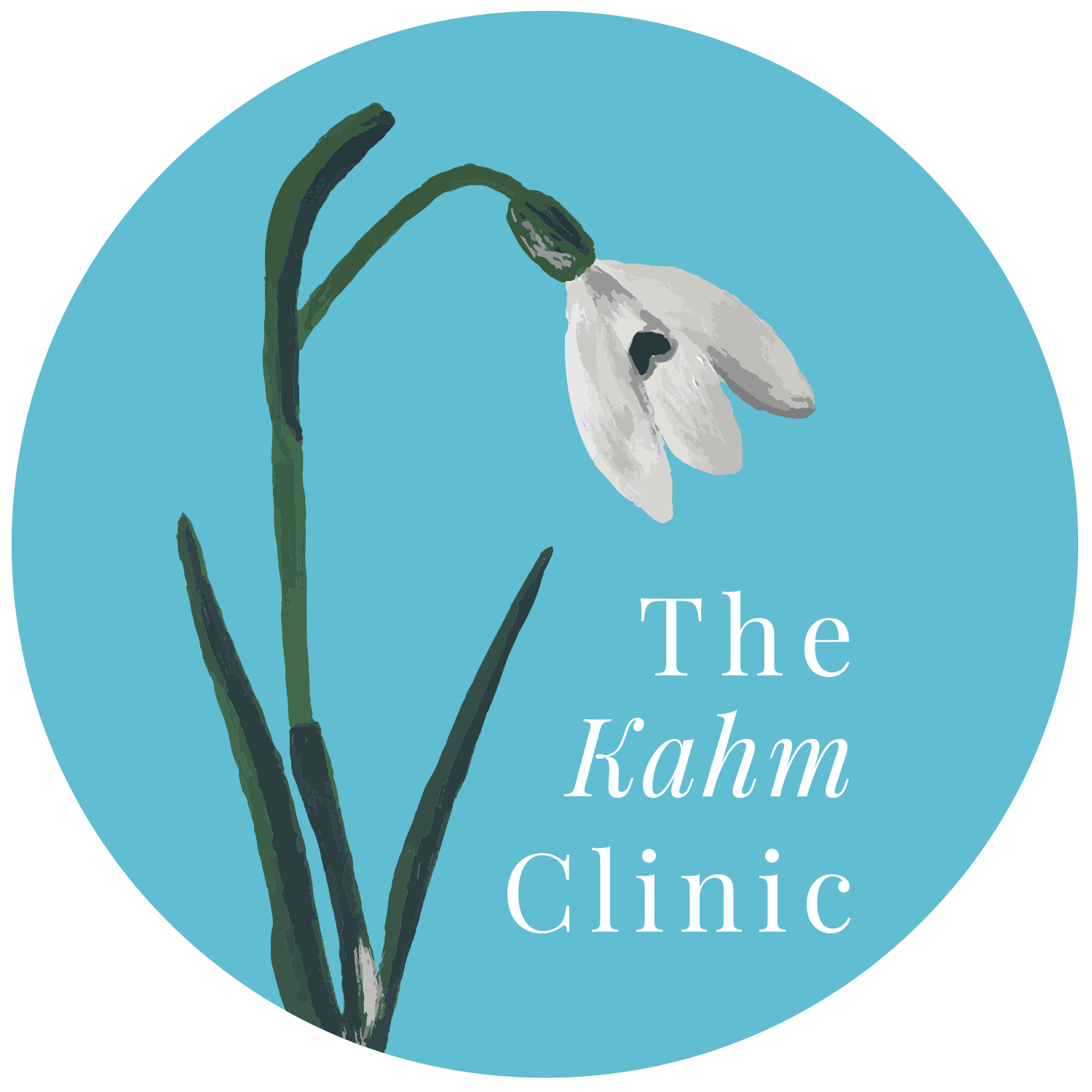Eating Disorder Awareness Week: Get in the Know
Later this month, we’ll celebrate Eating Disorder Awareness Week with the National Eating Disorders Association (NEDA). This year, the theme is Get in the Know, with a focus on education in an effort to raise awareness, increase early detection, and improve access to quality care.
Did you know that 28.8 million Americans — over nine percent of the population —will suffer from an eating disorder at some point in their lives?
In fact, eating disorders are the second most fatal mental illness, after opioid addiction. And yet, despite this widespread prevalence, many people believe that the disease only strikes thin, young, wealthy, white women. In truth, eating disorders impact individuals of all ages, genders, races, cultures, sexualities, socioeconomic statuses, and sizes.
Unfortunately, the media further perpetuates this misunderstanding. A research study completed by NEDA considered over 100 television characters since the 1980s and found that the majority of them were thin, straight, white girls under the age of 30. Although 10 percent of the characters were men, we know that over 33 percent of individuals suffering with bulimia and 25 percent of those with anorexia are males. Similarly, only six percent of the characters were plus-sized. In actuality, less than six percent of eating disorder patients are medically underweight.
Digging even deeper, eating disorders do not only affect young people. In 2021, nearly 13 percent of women over 50 struggled with eating disorder symptoms. Moreover, the peak age for bulimia was 47, while the peak age for binge eating disorder was 70. Unsurprisingly, only eight percent of the characters studied were in their 40s and only one percent was over 50.
These ingrained beliefs about who is affected by eating disorders as well as other stigmas and misconceptions in our society prevent people with symptoms from seeking treatment. Many individuals even think they aren’t “sick enough” to need help. For this reason and more, raising eating disorder awareness is incredibly important.
The first step in raising eating disorder awareness is improving education when it comes to types and characteristics of eating disorders.
Here, we’ve included a list of the most common eating disorders and a link to a recent blog post from The Kahm Clinic about each one:
Many people may recognize that they have an unhealthy relationship with food, exercise, appearance, and/or body image but feel too much shame to seek help. As we educate ourselves and talk more about eating disorders, we decrease the stigma attached to them, helping those who suffer realize that they’re not alone.
Ultimately, increasing awareness of eating disorders leads not only to prevention but to early intervention and better treatment approaches as well.
You don’t know what you don’t know, so let’s start by learning all we can about eating disorders, specifically their symptoms and warning signs. This screening tool from NEDA— intended for individuals age 13 and older — can help you or a loved one determine if it’s time to seek professional help.
We hope you’ll join us for Eating Disorders Awareness Week 2024 from Monday, February 26th to Sunday, March 3rd!
To talk to a professional about eating disorder treatment, please reach out to our staff or schedule an appointment at The Kahm Clinic today.

